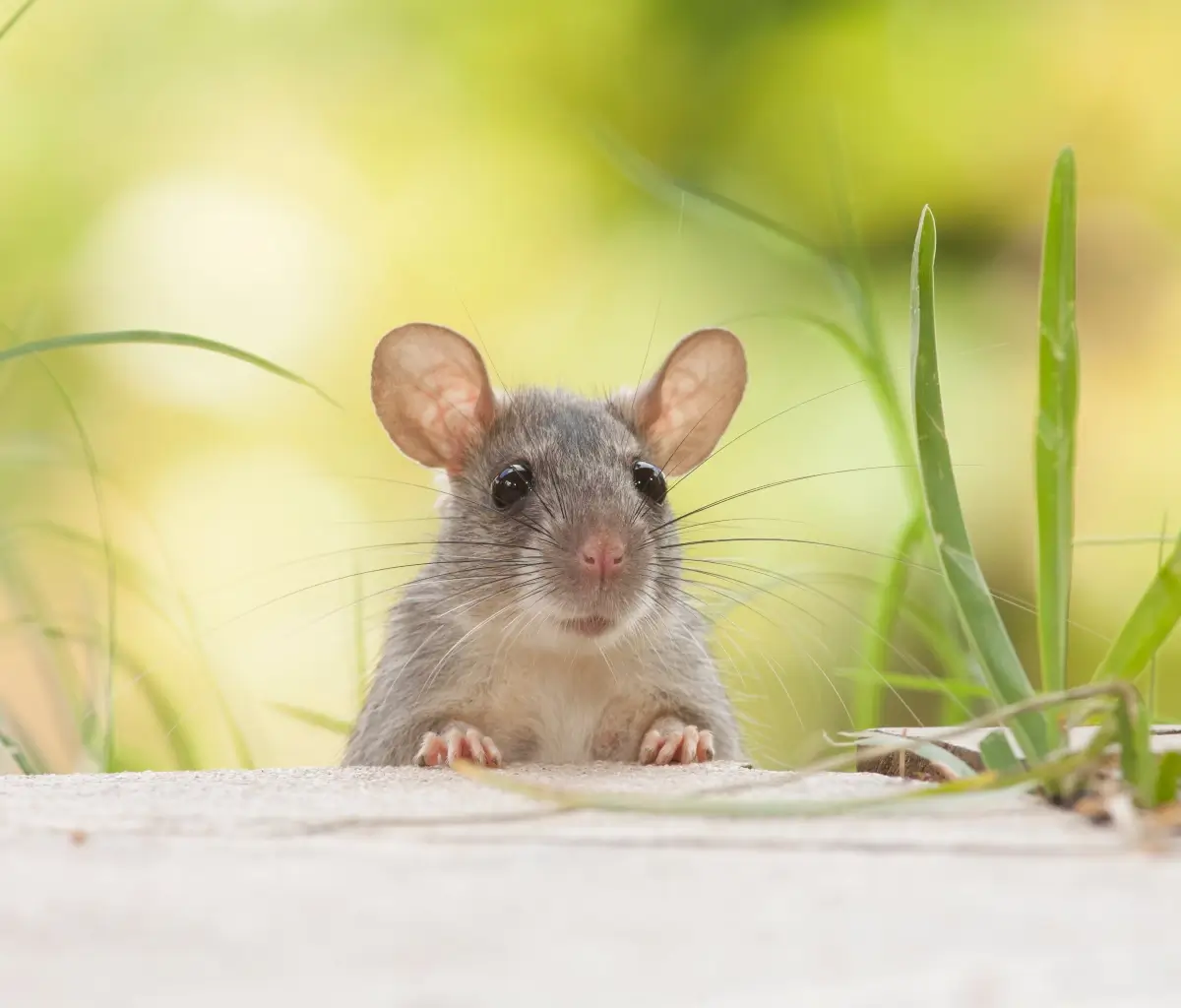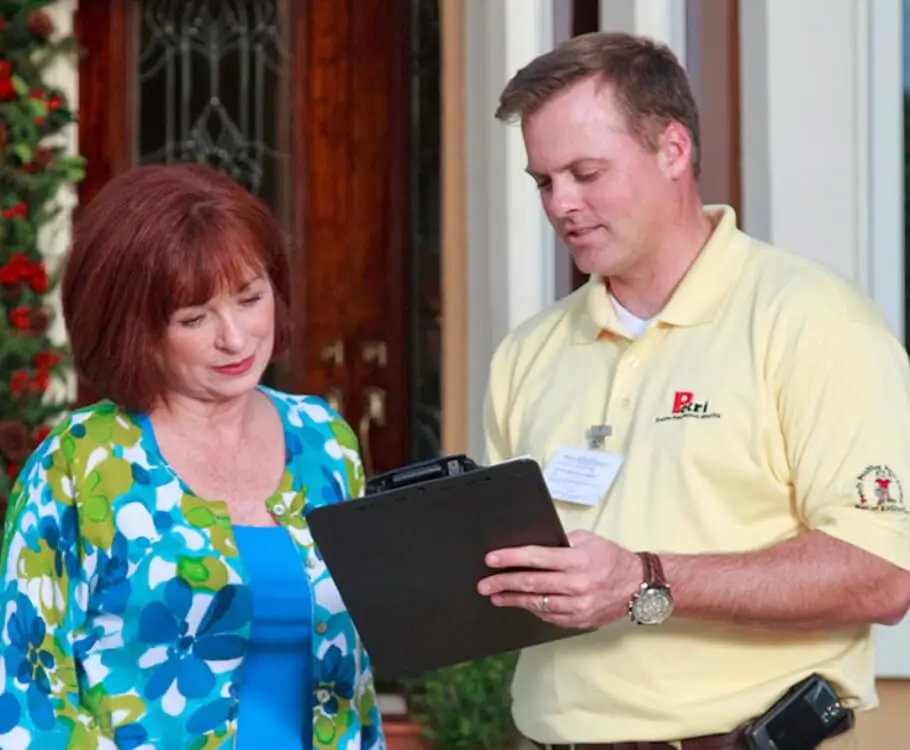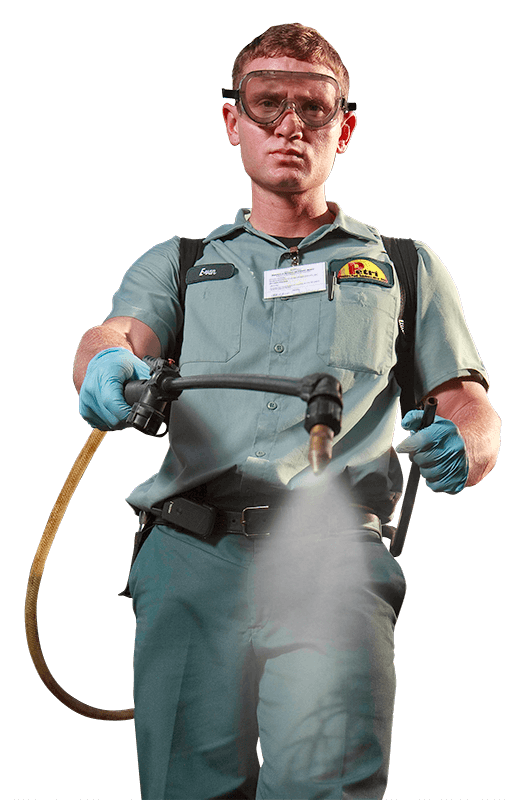Rodent Control
Serving Pompano Beach, Boynton Beach, and surrounding areas
Rodents breed and spread germs quickly. That’s why the best way to wipe out a rodent infestation is hiring professional help. Our rodent experts provide reliable rodent control and prevention services across Broward and Palm Beach counties quickly, so if you think you have a rodent problem, get in touch with us!
Get your personalized quote in a few clicks.

Professional Rat & Mouse Removal
In recent years, Petri has noticed a significant rise in rodent problems in South Florida. Part of the problem is hurricanes, which damage trees where rodents live and damage properties in ways that grant access to them.
Even if your home or building was fortunate enough not to suffer any damage, or has since been repaired, rats and mice can gain entry from openings as small as ¼ inch. Some of the most common points of entry are through unsealed a/c lines, roof vents, plumbing pipes, garage vents, and adjoining roof areas among many others.
If you should have concerns about rats and mice entering your home or business, call Petri today to schedule a comprehensive inspection.
Get an Instant Quote Over the Phone
Petri Pest Control gives all customers a FREE initial quote. Fill out the form below to find out how Petri can help you today!
"*" indicates required fields
Your Trusted Rodent Control Company
At Petri Pest, we do more than just eliminate the active rodent infestation. We’re also experienced in figuring out how and why rodents are entering your home. Our technicians will be able to find the areas where rodents are entering your home and assist in eliminating these points of entry.
If you are seeing signs of a rodent infestation such as droppings, chewed paper, rub marks or hearing rustling in your walls, contact Petri Pest Control today. We will quickly and efficiently treat any pest problem you may have!

Our Rodent Control Services




Serving Pompano Beach since 1956
Rodent Control in Pompano Beach
Pest Control in Pompano Beach and Boynton Beach
Pompano Beach | Miami | Fort Lauderdale | Hollywood | Boynton Beach | Lantana | Hialeah | Deerfield Beach | Coral Springs
Coconut Creek | Hallandale | Pembroke Pines | Oakland | Boca Raton | Delray Beach | West Palm Beach | Gulfstream | Miami Beach | Miami Lakes
Home » Rodent Control
